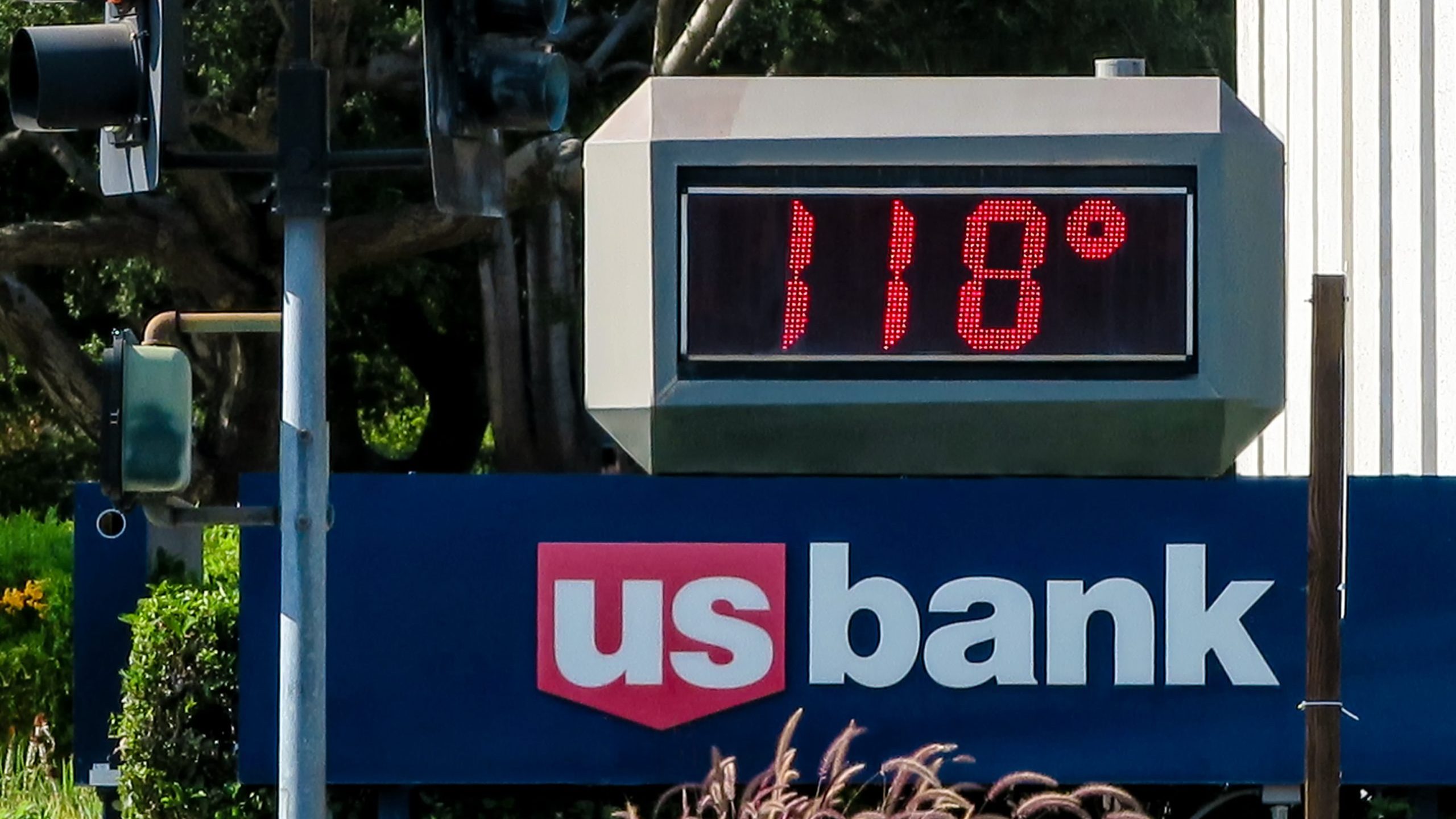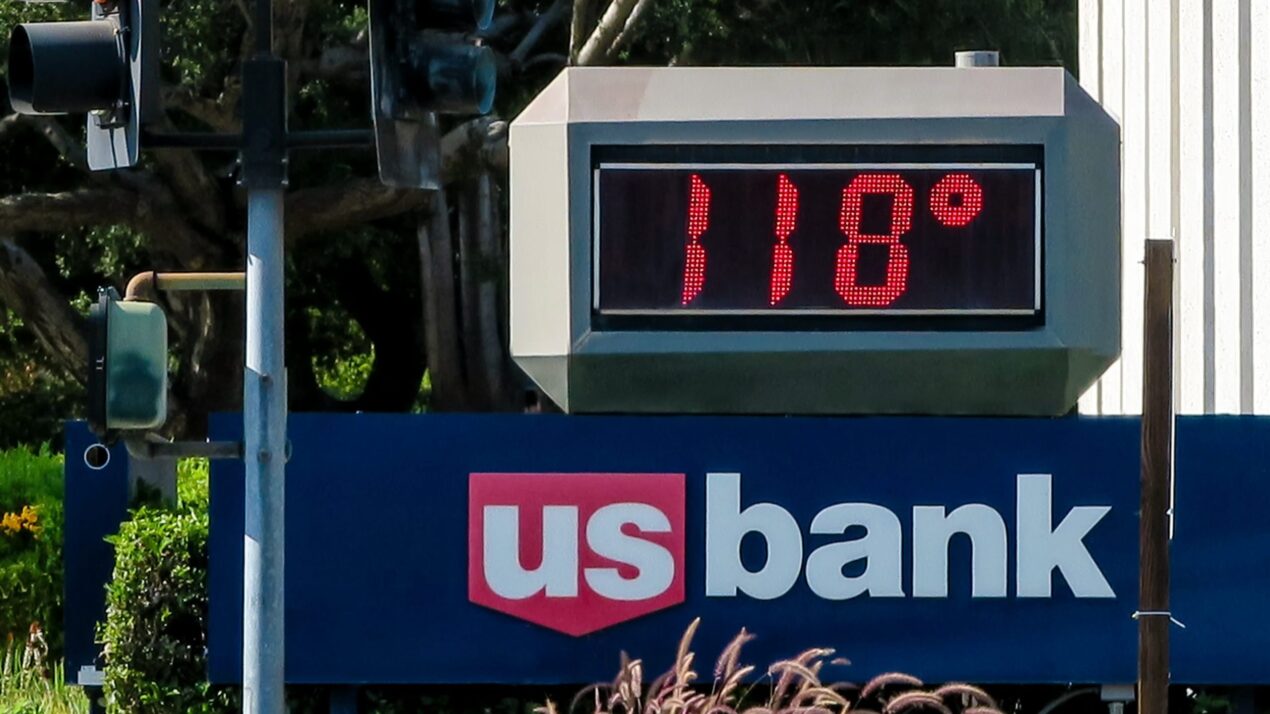
Policy Solution
Temperature reduction goals
Commitment

Summary
Setting a long-term temperature reduction goal can help governments prioritize heat mitigation interventions. Governments can set temperature and urban heat island reduction targets similar to greenhouse gas emissions goals to drive heat mitigation solutions.
Implementation
Set goals to reduce temperatures within a timeframe.
Considerations for Use
Incorporate into existing City goals related to climate. Progress towards the goal should be regularly tracked and shared with the public.
Overview
Climate:
Cold, Hot/Dry, Hot/Humid, TemperatePolicy Levers:
CommitmentGovernments set ambitious goals or targets to guide prioritization and investment.Trigger Points:
Preparatory measures (actions to establish authority to act)Actions to establish/ensure the authority to act when appropriate trigger-points occur.Intervention Types:
Planning/PolicySectors:
City Administration, Informal Settlements
Case Studies
Impact
Target Beneficiaries:
ResidentsPhase of Impact:
Risk reduction and mitigationMetrics:
Progress towards UHI and temperature reduction goals
Implementation
Intervention Scale:
District, Neighborhood, SiteAuthority and Governance:
City governmentImplementation Timeline:
Short-term (1-2 Years)Implementation Stakeholders:
City governmentFunding Sources:
Public investmentCapacity to Act:
High, Low, MediumBenefits
Cost-Benefit:
LowPublic Good:
N/AGHG Reduction:
MediumCo-benefits (Climate/Environmental):
Reduce greenhouse gas emissionsCo-benefits (Social/Economic):
N/A
